Defensive driving starts with you.
It can be a jungle out there on the road … and time-crunched drivers often produce a hectic environment full of aggressive maneuvers and little to no consideration for other vehicles. That’s when accidents happen, but you can be the one that makes all the difference.
Defensive driving involves much more than on-the-spot responses when you’re in traffic. Here are some things you can do to stay ahead of the curve:
1. Plan Ahead

Surprisingly, defensive driving starts before you even leave home. Get in the habit of checking weather conditions, and if you know it’s going to be a wet or icy commute, make sure you leave yourself enough time to make that trip carefully, instead of feeling rushed during your commute and driving faster than you should in bad conditions. Take extra precaution when it comes to making tight turns like when you merge on and off of highway ramps. You should be mentally ready to make those turns extra slow. If at all possible, stick to a lane with a shoulder next to it, so you have somewhere to move in an emergency.
2. Always Scan Your Surroundings
“That car came out of nowhere!” If you’ve ever heard someone talk about what happened during a motor vehicle accident, those words are uttered all too often. It’s impossible to see everything that’s around you all the time. That’s why it’s important to continuously check your mirrors and thoroughly scan intersections well before you pass through them. Defensive driving means getting in the habit of taking a quick peek down intersecting streets as you approach them so you can avoid being T-boned by a careless driver not paying attention to their red light. The ultimate goal is to always anticipate where vehicles will be a few seconds later so you can respond quickly.
3. Brake Early
 Defensive driving means leaving a little more space between you and the cars in front you than you anticipate needing—and brake early. In fact, it’s always a good idea to slow down a little sooner, especially in slippery conditions. Expect that it will take two or three times as long to come to a complete stop after making the decision to apply the brakes. This gives you more room to stop if someone ahead of you brakes suddenly, and gives people behind you even more of a heads up that you are stopping when they see your brake lights.
Defensive driving means leaving a little more space between you and the cars in front you than you anticipate needing—and brake early. In fact, it’s always a good idea to slow down a little sooner, especially in slippery conditions. Expect that it will take two or three times as long to come to a complete stop after making the decision to apply the brakes. This gives you more room to stop if someone ahead of you brakes suddenly, and gives people behind you even more of a heads up that you are stopping when they see your brake lights.
4. Never Go On The Offensive
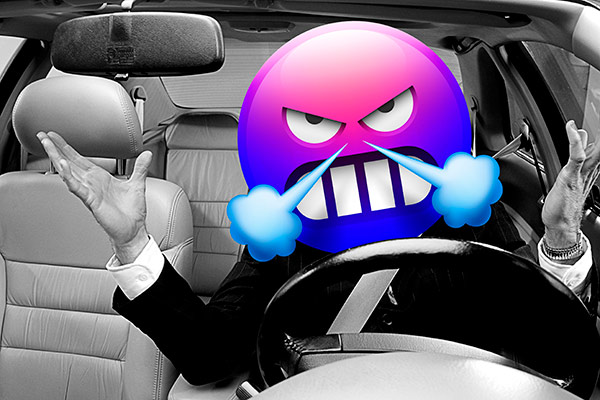 Defensive driving is actually the opposite of “road rage.” Don’t let other drivers’ aggressive tendencies rub off on you. Road rage often starts with one person’s hostility and causes a ripple effect on nearby drivers. You’ll be surprised at how often things can get heated on the road simply because someone gets cut off and then goes out of their way to “get back at” the other driver. But there are several ways to avoid road rage. Just play it safe—play it cool.
Defensive driving is actually the opposite of “road rage.” Don’t let other drivers’ aggressive tendencies rub off on you. Road rage often starts with one person’s hostility and causes a ripple effect on nearby drivers. You’ll be surprised at how often things can get heated on the road simply because someone gets cut off and then goes out of their way to “get back at” the other driver. But there are several ways to avoid road rage. Just play it safe—play it cool.
5. Don’t Get Distracted
 Defensive driving isn’t only about being reactive. It’s also about being proactive. One of the best ways you can avoid a collision on the road is by paying full attention at all times. Don’t engage in activities that take your eyes and attention off the road. Using your smartphone is a big one, and this distraction goes well beyond just texting—music, social media, and surfing the web all take your attention away from the road. (Think you’re up to speed on everything there is to know about distracted driving? Take the Distracted Driving Quiz, see how well you score, and give us your thoughts.)
Defensive driving isn’t only about being reactive. It’s also about being proactive. One of the best ways you can avoid a collision on the road is by paying full attention at all times. Don’t engage in activities that take your eyes and attention off the road. Using your smartphone is a big one, and this distraction goes well beyond just texting—music, social media, and surfing the web all take your attention away from the road. (Think you’re up to speed on everything there is to know about distracted driving? Take the Distracted Driving Quiz, see how well you score, and give us your thoughts.)
Defensive driving means protecting yourself from more than just other drivers. It’s about thinking ahead and anticipating hazards so you can avoid accidents before they happen.
It’s always good to assume that not everyone is paying attention or driving as carefully as you, but your preparation, perspective, and sense of accountability can make a huge impact on whether you arrive somewhere safely or put yourself at risk of an accident.
GEICO encourages everyone to drive defensively. Check out all the Safe Driving Resources available for teens and drivers of all ages. Then visit geico.com, get a quote, and see if you qualify for safe driver discounts. You might be surprised at how much you could save.
By Steven Scott
Read more: Defensive Driving Tips for Heavy Traffic

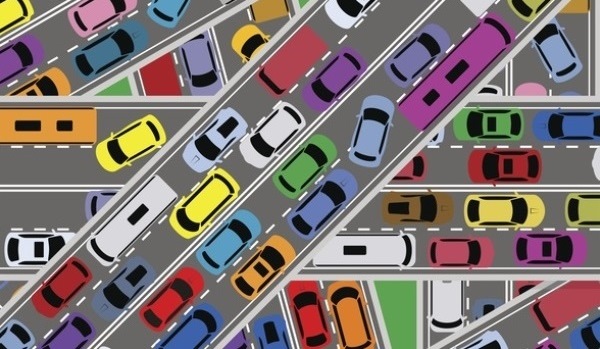




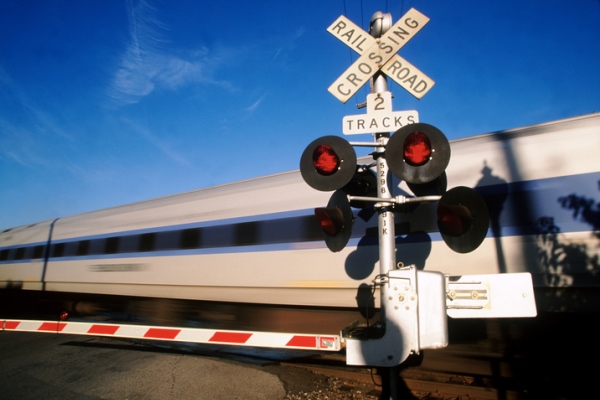
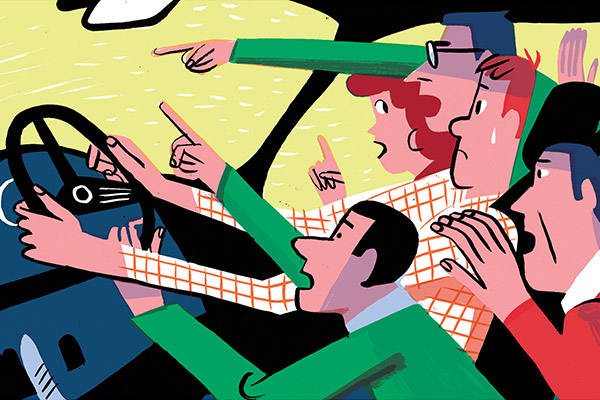

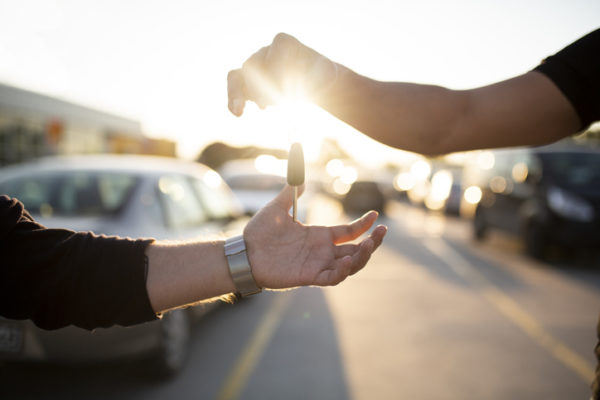
Diana Wynter says,
Thanks for the information. It is most informative. Driving is a skill and one has to be alert at all times.
Sherryl L. Kempe says,
Thank you
Stanley houston says,
I can some it up in two words coming sense. …good stuff
Regina says,
dat right i do all that leave little esrly when u go to work or anywhete
sally broughton says,
A question: Are my husband (83) and I (78) better off taking the defensive driving course or the Sr. driving course? We are after the knowledge as much as the discount. Thank you.
(We have a Geico auto insurance policy)
Cynthia Disbrow says,
Thank you for the information
JOHN R. ENGLISH says,
VERY INFORMATIVE…JE
Khalid farih says,
Don’t let kids trubel you and don’t let the pasengar take your atention from the road any don’t be angrey angst bad. Thank you gor that it’s very good
Sylvia says,
I recently took the drivers course to receive a discount on my auto insurance, however it has changed my life significantly; the holistic calm of my being is a constant reminder, STAY SOBER AND ALERT!!!
John says,
Congrats for reaching out to help educate your clients on defensive driving. As a former traffic safety educator who used the Smith System in training, and still practicing it today I found your message refreshing. Keep it up!
HAROLD HOMMELAND says,
is there an on-line defensive driver course – that you recommend for seniors, that give a discount for your car insurance here in florida?
Harold
Editor says,
Hi Harold,
You can find information about defensive driver courses and discounts by state here: https://www.geico.com/save/discounts/defensive-driver-discounts/
Thanks and have a great day!
Joseph Ogba says,
Thanks for the information.it’s helpful
Denley.russell says,
A ton of knowledge for your customers
Jesus Manuel Martinez says,
Thank You for all this good information! ?
Brenda Sansbury says,
Interested reading, I plan to share it with my grandson who is just leaning to drive.
Brenda Sansbury says,
Interesting reading and very helpful. I plan to share with my grandson.